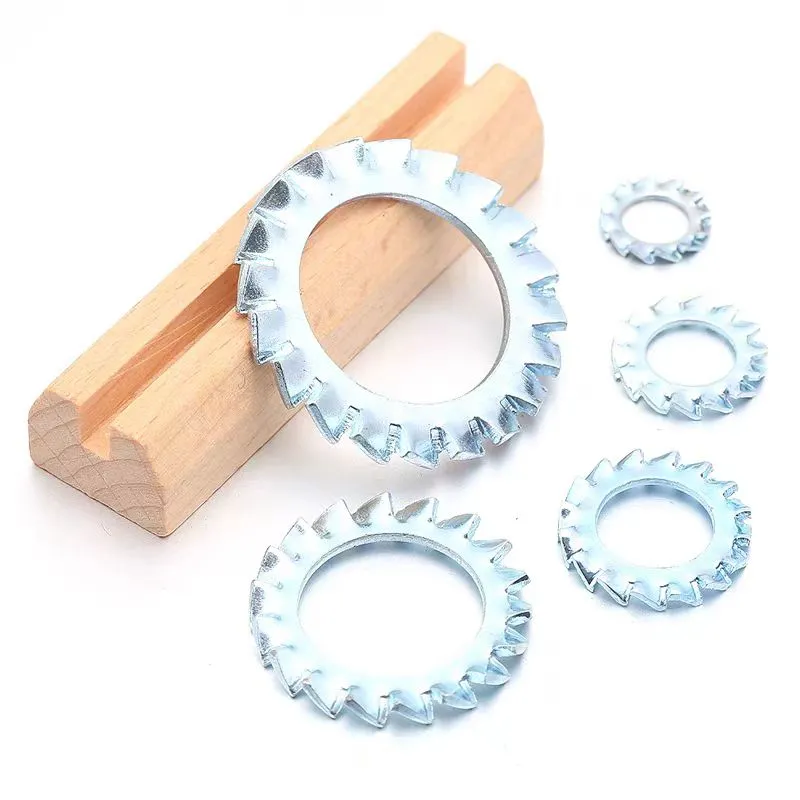

stud bolt and machine bolt - a fastener
Nov . 14, 2024 23:05 Back to list
stud bolt and machine bolt - a fastener
Stud Bolts and Machine Bolts An Overview of Fasteners
Fasteners play a crucial role in the assembly and integrity of structures and machinery, with various types designed to meet different requirements. Among the many fasteners available, stud bolts and machine bolts are two of the most commonly used. Understanding their unique features, applications, and advantages can help in selecting the right type for specific needs.
Stud Bolts Design and Application
A stud bolt consists of a threaded rod with a length that can vary based on its application. Unlike typical bolts that have a head on one end, stud bolts are fully threaded and often used with nuts on both ends. This design allows for greater flexibility in creating clamp loads and is particularly beneficial in high-strength applications.
Stud bolts are widely used in the construction of pressure vessels, heat exchangers, and flanges in piping systems. Their ability to evenly distribute load makes them ideal for environments where stress concentrations could lead to failure. Moreover, because they can be manufactured in various lengths and diameters, stud bolts offer versatility for different assembly needs.
Machine Bolts Versatility in Use
In contrast, machine bolts are characterized by their uniform thickness and usually come with a head on one end. They can be used with a nut or can be inserted into a tapped hole. This design lends machine bolts to a vast array of applications, ranging from automotive components to household appliances.
stud bolt and machine bolt - a fastener

Machine bolts are available in various grades and materials, which enhances their use in different environments. For example, stainless steel machine bolts are ideal for applications exposed to moisture, while high-strength bolts are employed in heavy construction and engineering projects.
Comparative Advantages
Both stud bolts and machine bolts offer distinct advantages. Stud bolts are particularly favored for their resistance to fatigue, making them suitable for dynamic load applications. Their design allows for easy torqueing, which is essential in sealing flanged connections.
On the other hand, machine bolts are simpler to install and remove, making them a popular choice for assembly and disassembly tasks. They also tend to be more cost-effective, especially for mass-produced applications.
Conclusion
In conclusion, stud bolts and machine bolts are fundamental fasteners that serve crucial roles in various industries. Each type has specific design features and benefits that cater to different needs. When choosing between them, it is essential to consider factors such as load requirements, environmental conditions, and the nature of the assembly. By carefully evaluating these elements, engineers and designers can ensure the integrity and safety of their constructions. Consequently, understanding these fasteners not only enhances performance but also contributes to the efficiency and reliability of mechanical systems. Ultimately, whether opting for the robust features of stud bolts or the versatile nature of machine bolts, the right fastener choice is paramount for any successful engineering endeavor.
Latest news
-
Premium Fasteners Manufacturer | AI-Driven Solutions
NewsAug.01,2025
-
Hot Dip Galvanized Bolts - Hebei Longze | High Strength, Corrosion Resistance
NewsAug.01,2025
-
High-Strength Hot Dip Galvanized Bolts - LongZe | Corrosion Resistance, Custom Sizes
NewsAug.01,2025
-
Best Self Tapping Screws for Drywall - Fast & Secure Installation
NewsJul.31,2025
-
High-Strength Hot Dip Galvanized Bolts-Hebei Longze|Corrosion Resistance&Customization
NewsJul.31,2025
-
Hot Dip Galvanized Bolts-Hebei Longze Metal Products|Corrosion Resistance&High Strength
NewsJul.31,2025

